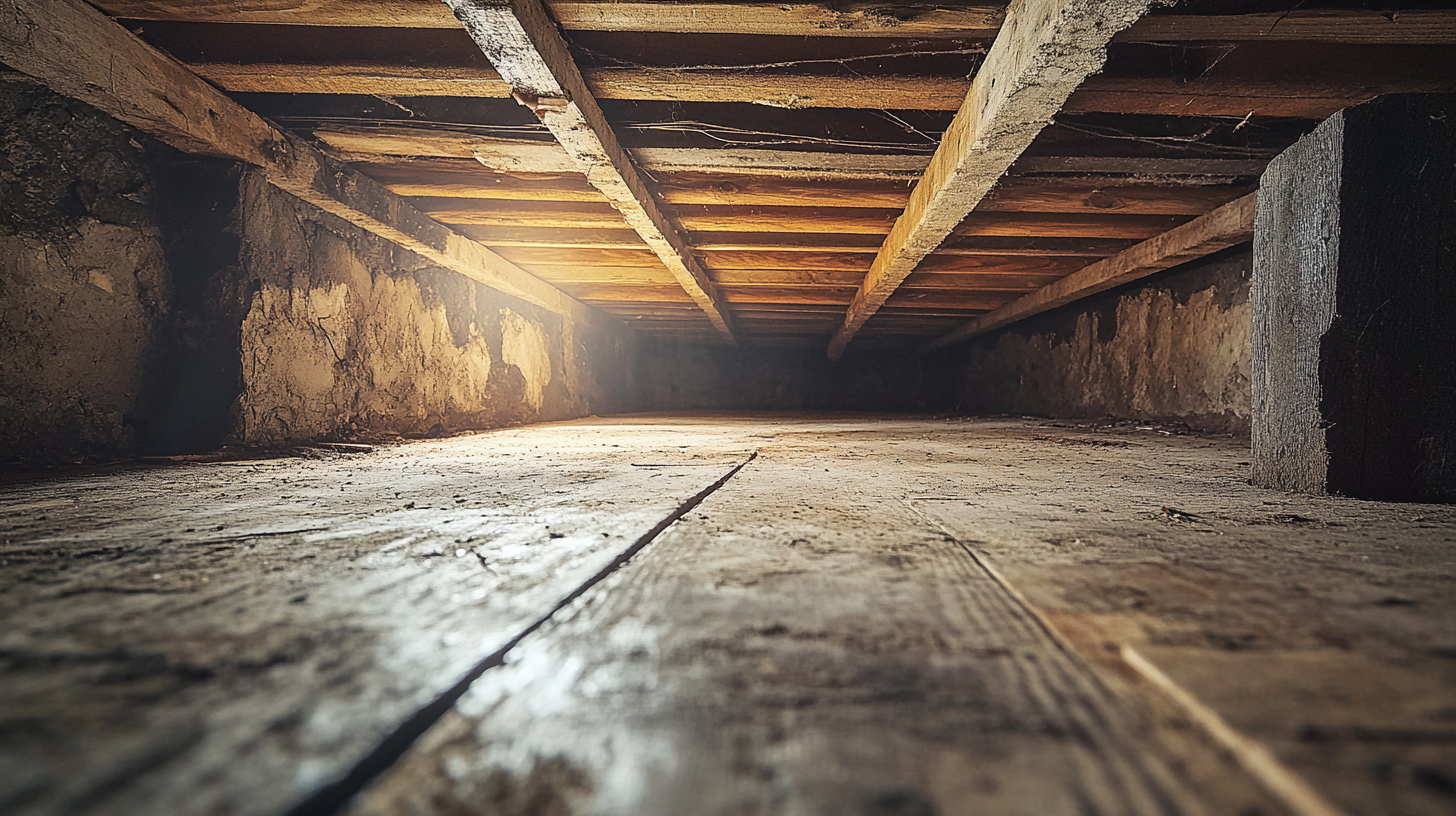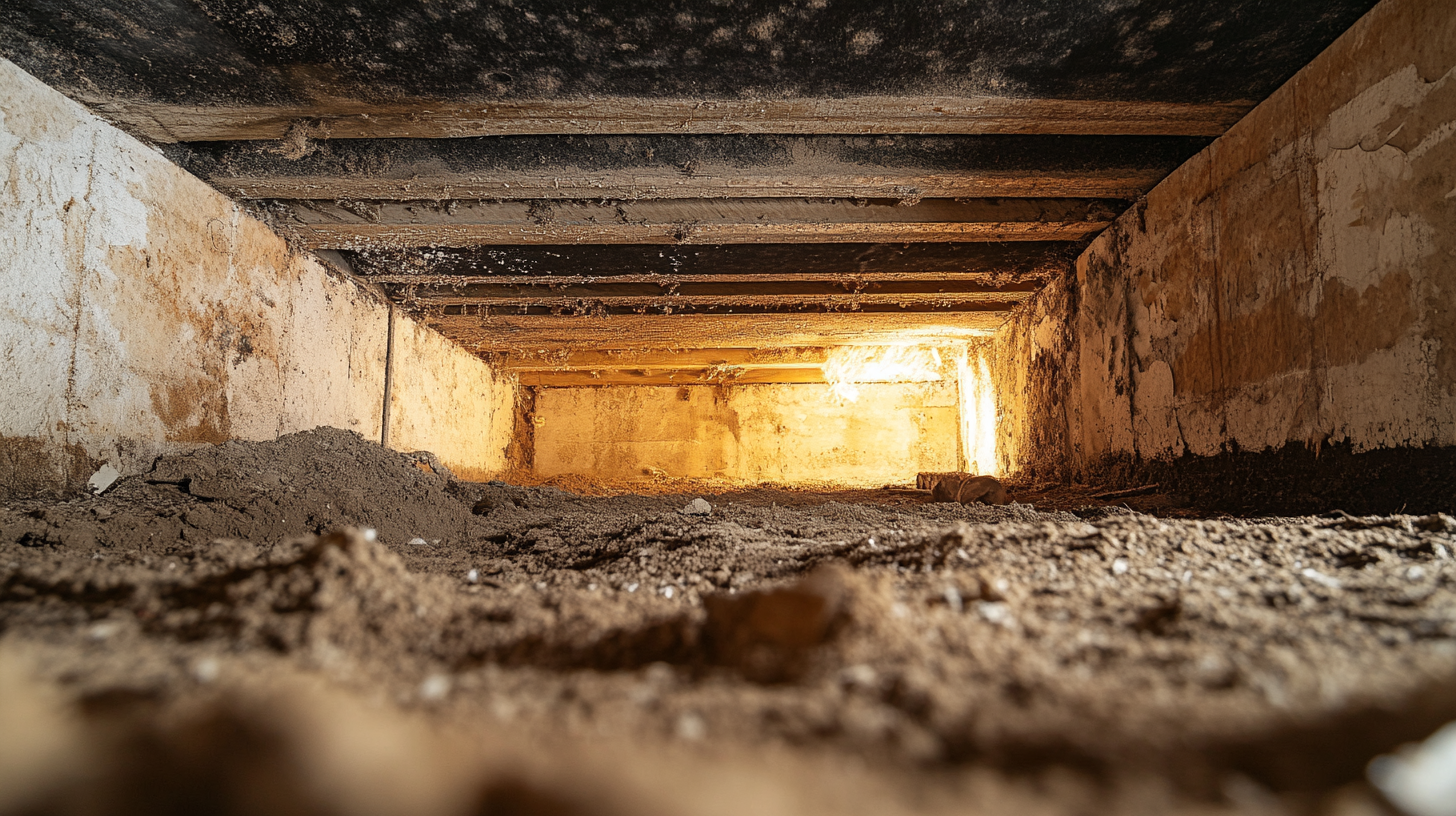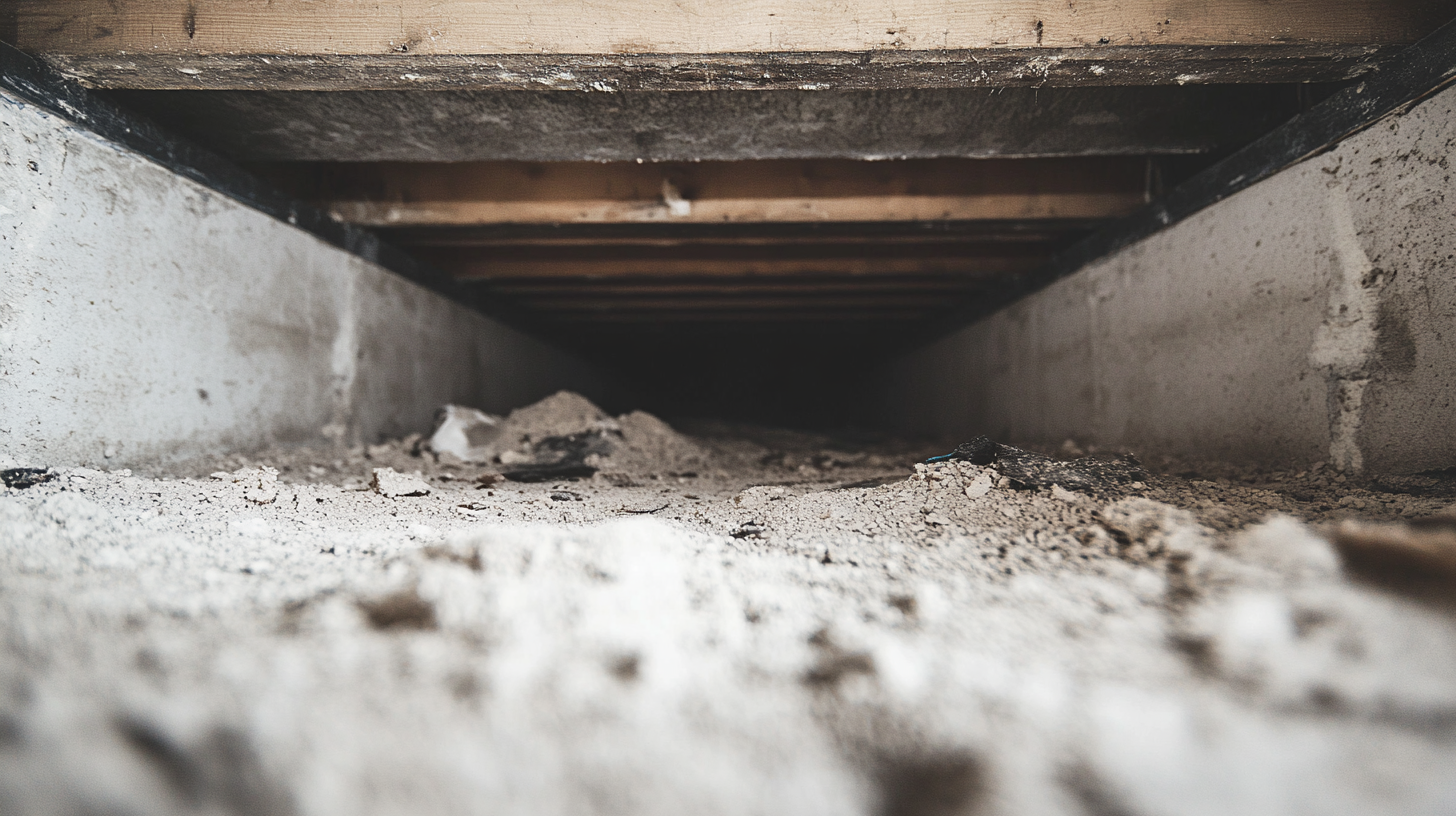Professional vs. DIY Soot Removal: What You Need to Know

Soot, a fine particulate matter that paints our world in shades of gray and black, is more than just a visual nuisance. This byproduct of incomplete combustion finds its way into our homes, settling on surfaces and floating through our air, often unnoticed until it gathers in corners or coats our belongings. But what exactly is soot, and why does it matter to us?
In this blog, we delve into the essence of soot, exploring its composition, sources, and the reasons it accumulates in our living spaces. From the flicker of a candle to the warmth of a fireplace, the activities that bring us comfort and joy can also introduce soot into our environment. Understanding the common sources of soot in homes is the first step toward mitigating its presence and protecting the air we breathe.
Join us as we uncover the hidden impact of soot, offering insights into how it forms, where it lurks, and what we can do to minimize its effects on our health and homes. Whether it's through regular maintenance of heating systems or choosing cleaner-burning fuels, this guide will equip you with the knowledge to tackle soot at its source, ensuring a cleaner, healthier home environment for you and your loved ones.
Understanding Soot and Its Risks
Soot, a pervasive byproduct of combustion, is a familiar sight in households and industrial settings alike. However, its presence goes beyond mere aesthetic concerns, posing significant health and safety risks. This comprehensive guide delves into the nature of soot, exploring its composition and properties, and highlights the importance of understanding and mitigating its risks for a healthier living environment.
Composition and Properties of Soot
Soot is primarily composed of carbon particles that result from the incomplete combustion of organic materials such as wood, oil, gas, and coal. These tiny particles are complex mixtures containing various toxic substances, including:
- Carbonaceous Material: The core component, giving soot its characteristic black color.
- Volatile Organic Compounds (VOCs): These compounds evaporate at room temperatures and can carry harmful chemicals.
- Metals and Inorganic Compounds: Soot can also contain metals and other elements, contributing to its toxicity.
The properties of soot, such as its small particle size and ability to absorb and carry toxic substances, make it particularly challenging to clean and a concern for health:
- Particle Size: Soot particles are microscopic, allowing them to penetrate deep into the lungs and even enter the bloodstream.
- Adhesion: The particles' size and surface properties enable them to adhere strongly to surfaces, making soot difficult to remove without specialized techniques.
Health and Safety Risks
Exposure to soot poses significant health risks, affecting respiratory, cardiovascular, and even neurological systems:
- Respiratory Issues: Inhalation of soot particles can exacerbate asthma, lead to bronchitis, and increase the risk of chronic respiratory diseases.
- Cardiovascular Problems: Long-term exposure has been linked to increased rates of heart attacks and other cardiovascular conditions.
- Cancer Risk: Certain compounds carried by soot particles are carcinogenic, increasing the risk of lung cancer and other types of cancer.
Given these risks, it's crucial to adopt proper safety measures during soot removal, including:
- Personal Protective Equipment (PPE): Use of masks (N95 or higher), gloves, and goggles to minimize exposure.
- Ventilation: Ensuring adequate airflow to dilute soot concentrations during and after removal.
- Professional Assistance: In cases of extensive soot accumulation, seeking professional help to safely and effectively remove soot is advisable.
DIY Soot Removal: A Comprehensive Guide
Soot accumulation is a common issue in homes, resulting from everyday activities like cooking, burning candles, or using fireplaces. While professional cleaning services are an option, there are scenarios where DIY soot removal is not only appropriate but also effective. This guide explores when to consider DIY methods, provides a step-by-step approach to safely and effectively remove soot yourself, and highlights the limitations and risks to be aware of.
When to Consider DIY Soot Removal
DIY soot removal can be a practical solution in several scenarios:
- Minor Accumulations: For small areas affected by soot, such as around candle holders or kitchen tiles, DIY methods can be quick and effective.
- Immediate Cleaning Needs: When immediate cleaning is necessary, and professional services are not readily available, DIY can provide a timely solution.
- Cost Considerations: If budget constraints make professional cleaning services less feasible, DIY methods offer a cost-effective alternative.
DIY Soot Removal Techniques
Removing soot safely and effectively requires the right approach and tools. Here’s a step-by-step guide to DIY soot cleaning:
- Safety First: Wear protective gear, including gloves, N95 masks, and goggles, to protect yourself from soot particles.
- Dry Cleaning: Begin with dry cleaning methods to remove loose soot. Gently vacuum the area with a HEPA filter vacuum or use a dry soot sponge to dab away particles without smearing them.
- Wet Cleaning: For stubborn soot stains, mix a solution of mild detergent and warm water. Apply gently with a sponge, working from the outside of the stain inward to prevent spreading.
- DIY Cleaning Solutions: For tougher stains, a solution of vinegar and water or rubbing alcohol can be effective. Test any solution on a small, inconspicuous area first to ensure it doesn’t damage the surface.
Limitations and Risks of DIY Soot Removal
While DIY soot removal can be effective, there are limitations and risks to consider:
- Potential for Damage: Incorrect cleaning techniques or harsh chemicals can damage surfaces, especially delicate ones like wallpaper or painted walls.
- Health Risks: Inadequate protective measures can expose you to harmful soot particles and associated chemicals.
- Insufficiency for Extensive Damage: DIY methods may not be sufficient for extensive soot accumulation, particularly after a fire, where professional equipment and expertise are necessary.
Warning Signs that DIY Cleaning is Insufficient include persistent odors, visible soot after cleaning, or health symptoms like respiratory discomfort. In these cases, it’s crucial to seek professional assistance.
Professional Soot Removal: Ensuring Cleanliness and Safety
When it comes to soot removal, the stakes are high. Soot, a byproduct of incomplete combustion, not only mars the aesthetics of your home but can also pose significant health risks. While DIY methods may suffice for minor soot issues, certain situations demand the thoroughness, expertise, and equipment that only professional soot removal services can provide. This guide delves into the benefits of professional soot removal and what homeowners can expect from the service.
The Benefits of Professional Soot Removal
Professional soot removal offers several advantages over DIY approaches, ensuring your home is not only clean but also safe:
- Expertise and Equipment: Professionals are equipped with specialized tools and cleaning solutions designed specifically for soot removal. Their expertise allows them to identify the best approach for different surfaces, ensuring soot is thoroughly removed without damaging your home.
- Situations Where Professional Cleaning Is Strongly Advised: Extensive Soot
- Accumulation: In the aftermath of a fire or long-term use of fireplaces and stoves without proper cleaning, soot can accumulate extensively, requiring professional attention.
- Health Risks: Homes with residents who have respiratory issues, allergies, or other health concerns may benefit from the thorough cleaning standards of professionals to ensure the environment is safe.
- Valuable or Delicate Surfaces: Professional cleaners can safely remove soot from delicate surfaces like antiques, electronics, and fine textiles, where DIY methods might cause damage.
What to Expect from Professional Soot Removal Services
Understanding the process and additional services offered by professional soot
removal companies can help homeowners prepare for the task ahead:
- The Process of Professional Soot Cleaning: Typically begins with an assessment of the affected area to determine the extent of soot accumulation and the best cleaning methods. Professionals then proceed with dry soot removal techniques, followed by wet cleaning methods as necessary, using equipment and solutions that average homeowners may not have access to.
- Additional Services: Air Quality Testing: Many professional services offer air quality testing before and after soot removal to assess the presence of soot particles and other contaminants in the air, ensuring the effectiveness of their cleaning process.
- Odor Removal: Soot can leave behind a persistent odor. Professionals often use advanced deodorization techniques to eliminate these odors, restoring the freshness of your home.
- Preventative Advice: After cleaning, professionals can provide recommendations on preventing future soot accumulation, such as improving ventilation or changing the type of candles used in the home.
Comparing Costs and Outcomes: DIY vs. Professional Soot Removal
When faced with soot accumulation, homeowners must decide between tackling the cleanup themselves or hiring professionals. This decision often comes down to costs and expected outcomes. Understanding the financial and practical implications of each option can help you make an informed choice that aligns with your needs and budget.
Cost Analysis of DIY vs. Professional Soot Removal
The cost of soot removal can vary widely depending on the approach taken. Here’s what to consider when weighing DIY against professional services:
- DIY Costs: DIY soot removal typically involves purchasing cleaning supplies, protective gear, and possibly renting specialized equipment. While the upfront costs may seem lower, consider the value of your time and the potential need for multiple cleaning attempts to achieve desired results.
- Professional Costs: Professional soot removal services factor in the complexity of the job, the square footage of the affected area, and the level of soot accumulation. While more expensive upfront, professionals bring expertise, equipment, and efficiency to the task, potentially saving money in the long run by avoiding damage to surfaces or ineffective cleaning.
- Factors Influencing Cost: The overall cost of soot removal is influenced by the extent of the soot damage, the type of surfaces affected, and accessibility issues. Additional services, such as air quality testing or odor removal, can also affect the total cost.
Evaluating the Effectiveness of Each Method
Assessing the results and long-term outcomes of DIY versus professional soot removal is crucial for understanding the true value offered by each option:
- DIY Effectiveness: The effectiveness of DIY methods can vary. Success depends on the extent of the soot accumulation, the materials and techniques used, and the individual’s diligence. DIY may be sufficient for minor soot issues but could fall short for more extensive or deeply ingrained soot.
- Professional Effectiveness: Professionals use advanced techniques and equipment to thoroughly remove soot, even from hard-to-reach areas. Their expertise ensures not only surface-level cleaning but also the removal of soot embedded in porous materials, leading to more comprehensive and lasting results.
- Long-term Outcomes and Considerations: While DIY methods may offer a quick fix, professional cleaning can provide deeper, more durable solutions, potentially enhancing indoor air quality and preserving the integrity of your home over time. Additionally, professional services often come with guarantees, offering peace of mind and recourse in case of unsatisfactory results.
Making the Right Choice for Your Situation: Soot Removal Decisions
When confronted with soot accumulation, the decision between embarking on a DIY cleaning journey or enlisting professional help is pivotal. This choice should be informed by a thorough assessment of your situation, considering the unique challenges soot presents. This guide aims to equip you with the knowledge to make an informed decision, ensuring that your approach to soot removal aligns with your specific needs, capabilities, and the nuances of your soot problem.
Assessing Your Specific Needs and Capabilities
Before deciding on a soot removal method, it's crucial to evaluate your situation critically. Consider the following questions:
- What is the extent of the soot problem? Gauge the scale of soot accumulation. Is it confined to a small area or widespread throughout your property?
- What resources are available to you? Assess whether you have access to the necessary cleaning materials, equipment, and protective gear for a DIY approach.
- Do you have the skills and physical ability? Consider your familiarity with cleaning techniques and your physical capacity to undertake the task without risking health or safety.
- How much time can you dedicate? Reflect on the time you can realistically commit to soot removal. Professional services can often complete the job more quickly and efficiently.
Understanding the scope and scale of your soot problem, alongside your resources and limitations, is essential for choosing the most appropriate cleaning method.
Risks and Benefits at a Glance
Both DIY and professional soot removal methods come with their own set of advantages and disadvantages. Here’s a brief overview to help you weigh your options:
- DIY Methods:Pros: Cost-effective for minor issues; immediate action without waiting for professional availability.
- Cons: Potential for incomplete removal; risk of health issues without proper safety measures; possible damage to surfaces due to incorrect techniques.
- Professional Methods: Pros: Comprehensive cleaning with advanced techniques; less effort and time required from you; expertise in handling various types of soot and surfaces.
- Cons: Higher upfront cost; scheduling may require waiting for service availability.
FAQs
Contact Fast Response Cleaning & Restoration Today!
Fast Response Cleaning & Restoration will do everything we can to ensure your experience with us is excellent.
Request A FREE Estimate
Request A FREE Estimate Form
CHECKOUT RECENT POST



Have an Emergency? We're Here to Help!
When it comes to disaster cleanup, we are a seasoned veteran in the industry and have helped hundreds of property owners just like you.
Our disaster recovery teams are available 24-7 to quickly clean up and repair disasters of all types.
